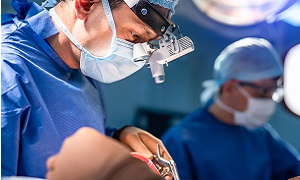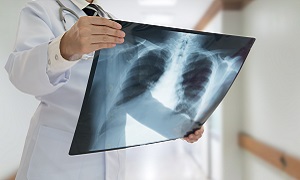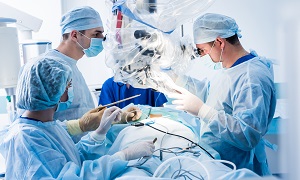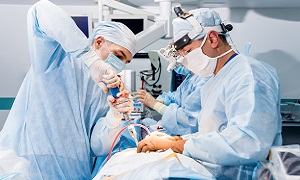Spinal Stenosis
Spinal stenosis is a condition that occurs when the space around the spinal cord narrows down and causes pressure on the nerve roots. This is usually caused by wear-and-tear arthritis. As the cartilage wears away, and a bone rubs against other bones, this can result in overgrowth of other bones that can intrude into space of the spinal cord. It usually occurs in the lower back and the neck.
Spinal stenosis can also be caused by herniated disks, thickened ligaments as well as abnormal growths. It can be caused by Paget’s disease or major trauma to the spine as well. As you age, you are more likely to develop this illness. It usually occurs in people who are over 60 years of age. People with this illness can sometimes show no symptoms, and sometimes show symptoms such as back pain or numbness or weakness in the legs.
Types of Spinal Stenosis
Usually, there are two main types of spinal stenosis, which include-
Cervical stenosis: In this condition, the narrowing is seen to occur in the part of the spine in the neck.
Lumbar stenosis: In this condition, which is the more common form, the narrowing occurs in the spine in the lower back.
Symptoms of Spinal Stenosis
Even though some people can see evidence of their spinal stenosis, on an MRI or a CT, they don’t experience any symptoms. However, when they occur, they start gradually and over time they get worse. Symptoms can vary depending on the location of the ailment and the nerves that have been affected.
Symptoms of Cervical Stenosis include:
- Tingling or weakness or numbness in one hand, arm, foot or leg
- Experiencing problems while walking and balancing
- Pain in the neck
- Bowel or bladder dysfunction in severe cases
Symptoms of Lumbar Stenosis include:
- Tingling or numbness in a foot or leg
- Weakness in a leg or foot
- Pain or cramping in one or both of the legs when you stand for longer periods, or when you walk
- Pain in the back
Causes of Spinal Stenosis
Overgrowth of bone- Wear and tear damage caused by osteoarthritis on your spinal bones can lead to the formation of bone spurs, which may then grow into the spinal canal. A bone diseas known as Paget’s disease, which usually affects adults can also cause bone overgrowth in the spine.
Herniated disks- The soft cushions which act as shock absorbers between your vertebrae can dry out as you age. Cracks in the exterior of a disk can allow some of the soft inner material to escape and also press on the spinal cord or nerves.
Spinal Injuries- Sometimes an accident or trauma can lead to dislocations or fractures in one or more vertebrae. The bone which has been displaced from the fracture can also lead to damage to the contents of the spinal canal.
Thickened ligaments- The tough cords that aid in holding the bones of your spine together can eventually become stiff as well as thickened. These thickened ligaments can eventually bulge into the spinal canal as well.
Tumors- Abnormal growths may also form inside your spinal cord within the membranes which cover the spinal cord or in the space between the spinal cord and vertebrae. These can be easily identified on spine imaging using an MRI or CT.
Diagnosis of Spinal Stenosis
X-rays
MRI
CT scan
Treatment options for Spinal Stenosis
Physical Exercises
People with spinal stenosis can feel that they are in too much pain to exercise or perform any physical activity. However, movement is extremely important for your overall health, which is why some form of exercise is important even if it’s just for a few minutes per day.
If you find exercising extremely difficult, you can try it in a pool, as the buoyancy of the water can help you to move easily as well as get in a full range of motion.
Other than regular movement, massage therapy can also loosen up your back muscles along with providing relaxation.
Surgery
Surgery is considered as an option when all other treatments have failed to help or if you have been disabled due to your symptoms. The goal of surgery is to relieve the pressure on your spinal cord or nerve roots by creating more space within the spinal canal. To resolve symptoms of spinal stenosis, surgery to decompress the area of stenosis is one of the most definitive ways.
According to research, spine surgeries can result in fewer complications when it is done by highly experienced surgeons.
There are different surgical procedures that are performed to treat spinal stenosis, which include-
Laminectomy
Laminectomy removes the back part of the vertebra which is affected. It is also termed as decompression surgery, since it helps in easing the pressure on the nerves by creating more space around them. There are also some cases where the vertebra might need to be linked to adjoining vertebrae with metal hardware as well as a bone graft, in order to help in maintaining the spine strength.
Laminoplasty
Laminotomy
Minimally invasive surgery

Risks and complications
It is quite important that you treat spinal stenosis; if left untreated, it can lead to permanent complications such as numbness, weakness, incontinence, balance problems or even paralysis.






